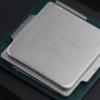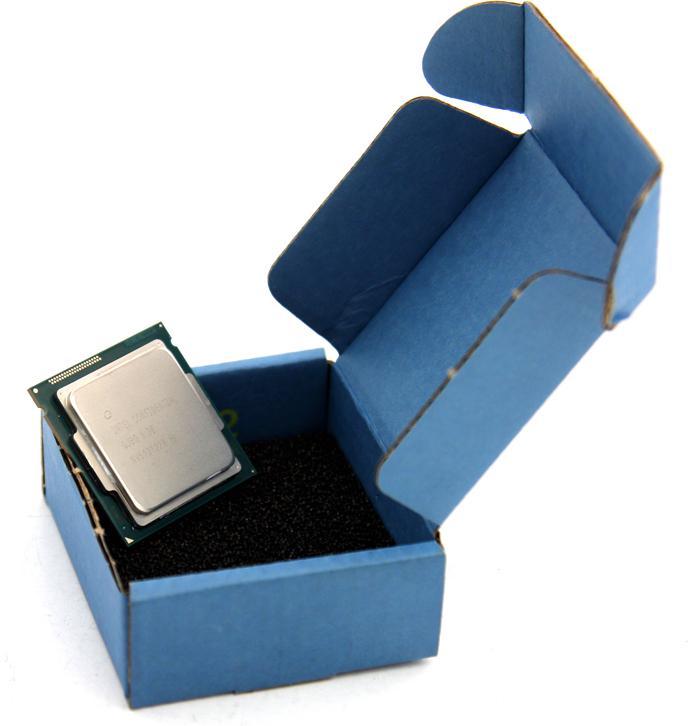Final Words & Conclusion
Final Words & conclusion
For Broadwell overall Intel definitely had its primary focus at the mobile platform. It is an interesting release but not for the high-end and enthusiast user on the desktop platform. The biggest benefits for Broadwell-H are twofold: impressive integrated graphics performance and a notch gained in power efficiency. Somehow I have the feeling that Broadwell-H for desktop is sort of a initial tryout to see how 14nm is behaving. As a result the performance is good, but relatively clocked low. And then overclocking results are a bit dull. The performance increment overall is close to NIL. So with that said, if you already are on Sandy-Bridge, Ivy-Bridge or Haswell, we would not recommend you to upgrade. See, what you want to wait for is Skylake, which is launching very soon already. That desktop processor series promises new motherboards platforms with new features and a processor that will get you a fair bit more in performance and tweakability as well. In retrospect I do have to mention that the maximum turbo allowance for the 5775C is 3.7 GHz, and it can keep up with say a 4790 really well. So in that respect the per core performance has increased a bit. But this is once again a processor at nearly identical performance levels we have seen for many years now. And that tends to become a little bothersome and repetitive.
Performance & tweaking
The overall temperatures when the CPU is overclocked with added voltage definitely seem to be a notch better opposed to Haswell, but unfortunately you'll be hard pressed to pass a stable 4.2~4.3 GHz even on liquid cooling. At that level you will be using 1.375 volts in your processor already. Broadwell-H I am afraid is not the best overclocker. The default performance by itself is good though.
What about the IGP?
The GT3e GPU that is embedded alongside the L4 cache chip is powerful opposed to what Intel has been releasing for years now. I mean to date there hasn't been a desktop processor from Intel that was capable beating AMD APUs. Broadwell-H Desktop processors come with a very feisty solution, and if you stick to mid-range quality settings, you can actually play games at 1080 reasonably well. Truth of course remains, everybody that purchases a flag-ship quad-core processor, will likely already have a dedicated graphics card. But yeah the GT3e IGP is good, really good. We also need to separate gaming from the graphics core, realize that it is a multipurpose graphics processor. You'll have no issues with Blu-ray playback, heck it can even deal with 3D TV, post-process your media files and help out with video en/trans and decoding. The GPU is compatible with HDMI 1.4 and Display Port 1.2 next to the regular DSUB and DVI connectors of course. Unfortunately HDMI 2.0 is not supported meaning 60Hz on an Ultra HDTV will max out at 30Hz.
Power consumption
If we step back and take the Intel reference board with a Sandy Bridge processor (2600K) without a dedicated graphics card that platform idles at roughly 50 Watts. Once we stress the processor 100% on that platform you'll see ~120 Watts power consumption. With Haswell (4790) we noticed roughly 42 Watts in idle and 109 Watts with processor load at 100%. Now with Broadwell-H we can measure roughly 30 Watts in idle and once we stress the processor 100% on that platform we leveled out at give or take 100 Watts. So yes, 14nm series are more energy friendly. The question remains, do we all really care about 10 or 20 Watts? Probably not, but obviously in the mobile and HTPC / Small form factor platform it makes all the difference.
Let's talk money
A Core i7 5775C will cost you roughly 415 EUR, TBH that is steep. Hence we strongly recommend you to choose the Core i7 4790K (Devils Canyon) as alternative which is 50 EURO cheaper, that processor offers the same or better performance and can overclock close to 4.8~5.0 GHz with a bit of luck and the right hardware infrastructure.
The bottom line
Make no mistake, the Core i7 5775C is a terrific processor and the first ever 14nm desktop CPU. It however is only viable for those that require fast IGP performance, other then that for PC gamers and desktop users have very little to gain aside from slightly better power consumption. The Core i7 4770/4790(K) series are a more suitable alternative when it comes to performance and overclocking. That said, it is interesting to see where Intel is headed, a smaller fabrication at 14nm, much MUCH faster IGP performance and slightly better per core performance as well. In the end this Broadwell-H for desktop processor series is probably something you guys will quickly forget, you really are better off with Haswell based processor. Then there is the timing of Skylake processors being released soon to consider. My personal advice to you is that if you MUST go with a new Z97 platform right now, the 4790K Devils Canyon processor is the best combo to get. The rest of you I would advise to sit it out a couple of weeks and wait for Skylake and the Series 170 Intel chipset based motherboards. Oh and of course if you want to rule it all and have no budget restrictions, Haswell-E with 6 or 8-cores still rocks the hardest. Despite me not recommending this processor for reasons mentioned, the 5775C obviously is more than fast enough for even the most complex multi-GPU setups. It is an impressive and promising processor, but remains outgunned by its older brother on Haswell. As such we could recommend the processor but the Core i7 4790K simply is the better alternative, and heck it is less expensive as well.
Handy related downloads:
- Sign up to receive a notice when we publish a new article
- Or go back to Guru3D's front page.


